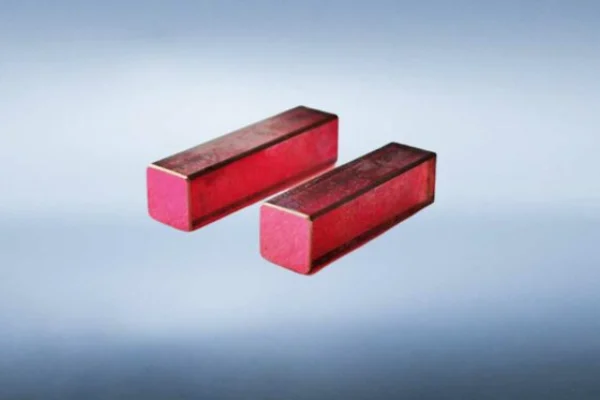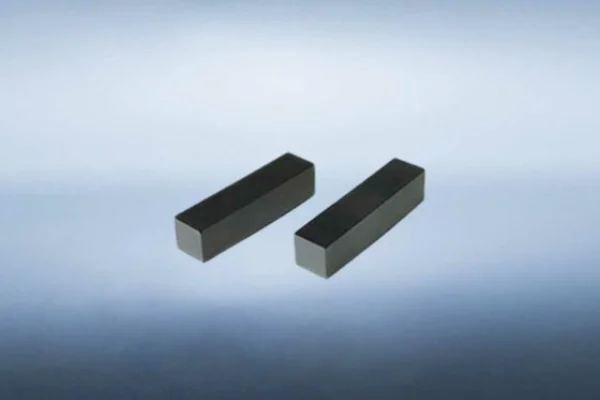Revolutionizing UV Lasers: Harnessing the Unparalleled Power of GaSe and BGSe Crystals in Photonics
Introduction: The New Frontier in Laser Technology In the world of photonics, the quest for efficient and powerful ultraviolet (UV) lasers has become a pivotal research area. The development of Gallium Selenide (GaSe) and Barium Borogermanate (BGSe) crystals has opened new horizons in UV laser generation. In this article, we will delve into the properties, applications, and potential of these crystals in the field of UV lasers. Gallium Selenide (GaSe) Crystals Gallium Selenide (GaSe) crystals represent a significant advancement in the field of ultraviolet (UV) laser technology. Known for their unique nonlinear optical properties, these crystals have become a focal …









